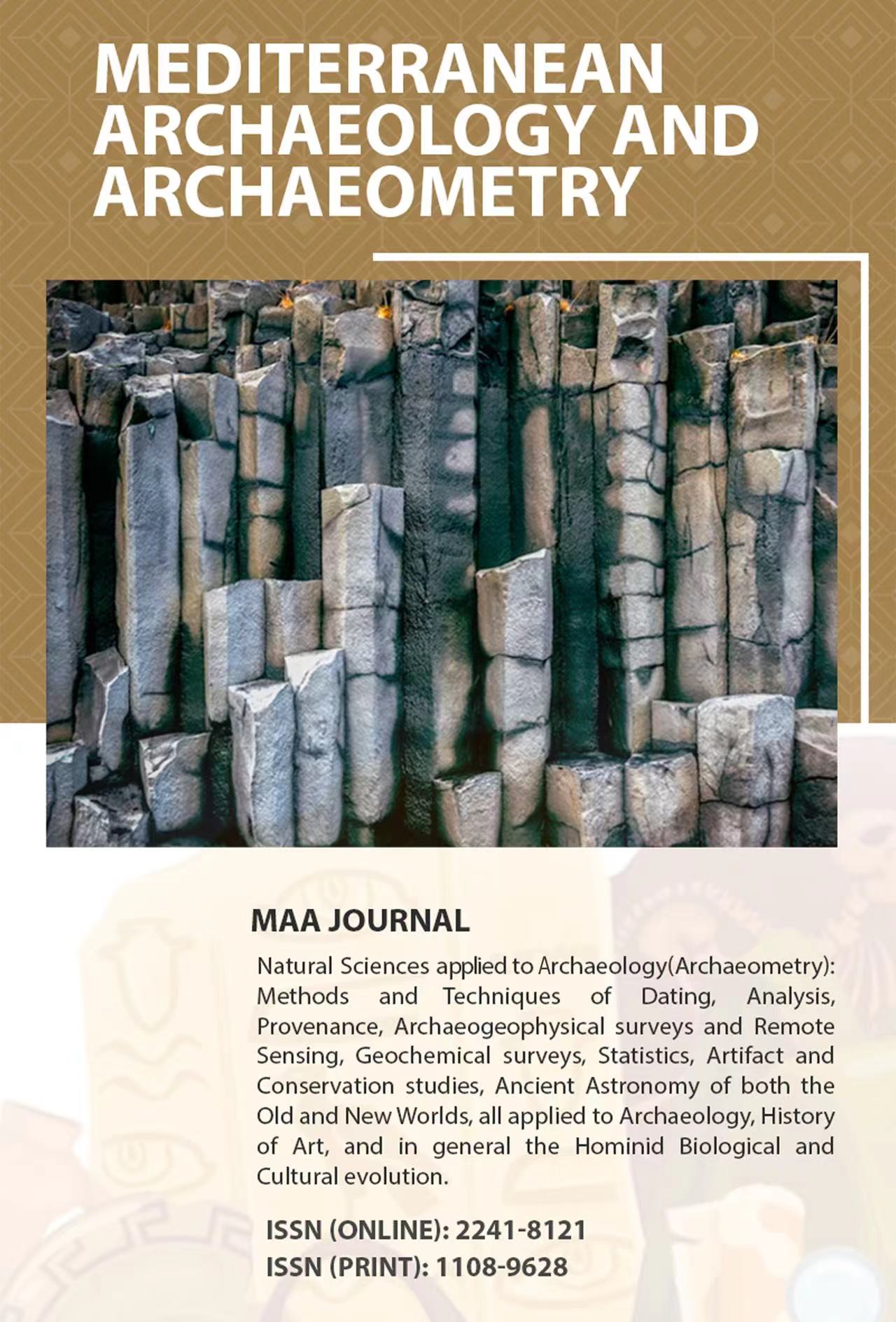Mineralogical and Thermal Analysis of Ancient Ceramic Artifacts Based on Modern Techniques of Ceramic Studies
Keywords:
Artifact, FTIR, TMA, XRD, XRF.Abstract
In this study, the mineralogical and thermal behavior of the two ceramic sherds from the Museum of Asian Art (MoAA), Universiti Malaya (One sherd of blue-white underglaze porcelain from Jingdezhen and one of sherd reddish-brown earthenware from North Sumatra) was analysed through chemical analyses, spectroscopic, mineralogical, and thermal analyses. Traditional attribution is typically done through visual identification by professional archaeologists. Modern material characterization methods, such as thermal analysis, density measurement, Fourier Transform Infrared Spectroscopy (FTIR), X-Ray Diffraction (XRD), Thermomechanical Analysis (TMA), and X-Ray Fluorescence Spectrometry (XRF), can help identify material origins and manufacturing locations. The chemical analyses results by XRF indicate most abundant is SiO2 and the most abundant mineral is quartz investigated by X-ray diffraction (XRD). Based on X-ray diffraction (XRD) and Fourier Transform Infrared Spectroscopy, firing temperature ranges can be determined as 700-1050°C. Low-temperature mineral phases like calcite, muscovite, and quartz were observed in both sherds. Diopside develops with increasing firing at high temperatures above 850 °C. Gehlenite is the predominant new mineral at 900 °C and anorthite forms at between 1000-1050 °C which distinguished between two sherds. Thermomechanical Analysis (TMA) indicates the deformation temperature of earthenware and porcelain sherd are 824 °C and 1000 °C respectively. The earthenware sherd shows higher total shrinkage (9.90%) than porcelain sherd (11.68%). Differential Thermal Analysis (DTMA) showed mullite formation between 1150-1400 °C. Combining traditional and modern approaches is essential for the identification of ceramic artifacts.










